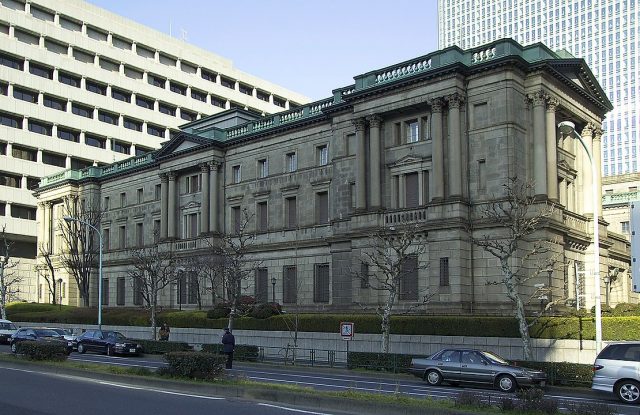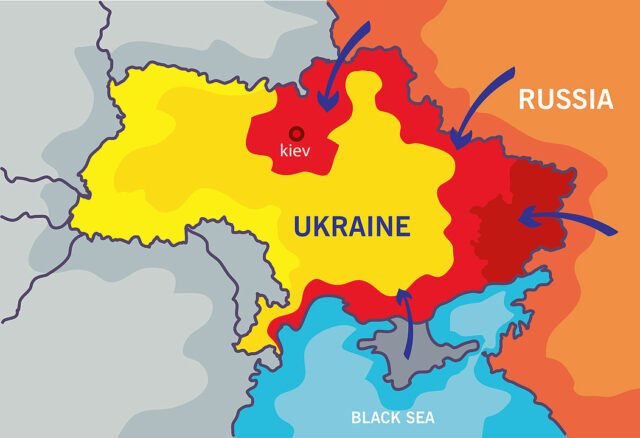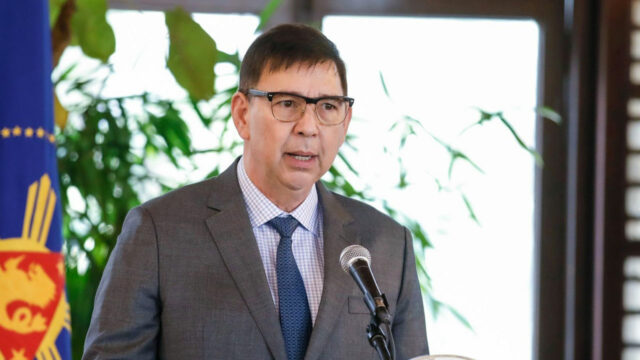By Luisa Maria Jacinta C. Jocson, Reporter
THE Philippine economy is seen to continue accelerating but will still fall short of government’s targets this year and in 2025, according to a report by Fitch Ratings.
Fitch also noted that political tensions between the country’s top officials, as well as the incoming Trump administration’s policies, could pose risks to the country’s growth prospects.
“GDP (gross domestic product) growth has slowed since the post-COVID-19 (coronavirus disease 2019) pandemic rebound in activity, but Fitch Ratings expects the economy to expand by 5.7% in 2024,” it said.
Fitch also sees GDP expanding by 5.9% in 2025.
Both forecasts are below the government’s 6-6.5% and 6-8% targets for this year and in 2025, respectively.
“We expect growth to pick up to 6.2% by 2026, on monetary easing, infrastructure spending and reforms to foster trade and investment,” it added.
This projection would fall near the low end of the government’s 6-8% growth target for 2026.
Fitch also flagged risks stemming from the rift between President Ferdinand R. Marcos, Jr. and Vice-President Sara Z. Duterte-Carpio.
“Domestic political conflicts, which have escalated ahead of the May 2025 midterm elections, could, if sustained, weigh on macroeconomic and fiscal performance, in our view,” it said.
Two separate impeachment complaints have been filed against Ms. Duterte-Carpio, citing betrayal of public trust, bribery, and plunder, arising from an ongoing probe into the use of confidential funds at the Office of the Vice-President and at her former Cabinet post, the Department of Education.
“Fierce public disagreements have erupted between President Marcos and Vice-President Sara Duterte and their families,” Fitch said.
“Ms. Duterte is under investigation for threats to the President and for misuse of public funds. The support of Ms. Duterte and her father, former president Rodrigo Duterte, was instrumental in President Marcos’ landslide win in the 2022 election.”
Meanwhile, Fitch noted that US President-elect Donald J. Trump’s proposed policies may pose risks for the Philippines.
“Further strengthening of the US dollar from trade protectionism could pressure the Philippine peso, which has already depreciated by nearly 5% in (the 11-month period), and on Philippines’ inflation, although weaker global growth and diversion of Chinese exports could offset this to some extent,” it said.
Last month, the peso fell to the P59-per-dollar level twice.
Fitch said the Philippines would also be vulnerable to changes in US immigration policy, “given the importance of remittances for domestic consumption.”
The US President-elect has proposed to implement stricter border controls as part of his promise to crack down on illegal immigrants.
The US accounted for 41.2% or the biggest share of the Philippines’ overall cash remittances in the 10-month period, BSP data showed.
Meanwhile, the credit rater expects inflation to remain manageable, which would allow the BSP to further loosen monetary policy.
Headline inflation averaged 3.2% in the 11-month period. The central bank expects full-year inflation to settle at 3.1%.
“We forecast inflation to stay around these levels in 2025-2026, leading to a further 100 bps of rate cuts in 2025,” Fitch said.
A BusinessWorld poll conducted last week showed that 13 out of 16 analysts expect the Monetary Board to reduce the key rate by 25 bps at its final meeting of the year.
If realized, the BSP would have reduced rates by a total of 75 bps at end-2024, bringing the benchmark rate to 5.75%.
“A credible inflation-targeting framework and flexible exchange-rate regime contribute to a sound economic policy framework and support the country’s rating.”
In June, Fitch Ratings affirmed the country’s long-term foreign currency issuer default rating at “BBB” and retained its “stable” outlook.
DEFICIT, DEBT
Meanwhile, Fitch Ratings forecasts the central government’s fiscal deficit to settle at 5.7% of GDP this year and narrow to 4.9% of GDP by 2026.
“Our forecasts are wider than targeted in the government’s fiscal program, but still represent an improvement from deficits of 6.2% of GDP in 2023 and a peak of 8.6% in 2021,” Fitch said.
“Our narrower general government deficit forecast of 4.4% of GDP for 2024 reflects social security and local government surpluses,” it added.
Latest data from the Treasury showed that the deficit-to-GDP ratio fell to 5.1% at end-September from 5.7% a year earlier and 6.2% at the end of last year.
Meanwhile, the debt-to-GDP ratio is also seen to further decline.
“Central government gross debt reached 62% of annualized GDP in (the nine-month period), up from about 60% at end-2023.”
“Debt/GDP is likely to fall towards the yearend as issuance activity subsides, as in the past, and remains consistent with our central government debt forecast of 61% of GDP by end-2024.”
The National Government’s debt as a share of GDP stood at 61.3% at the end of the third quarter. This was higher than the year-earlier 60.2% and the 60.1% posted at end-2023.
The threshold considered by multilateral lenders to be manageable for developing economies is 60%.
The government seeks to bring this to below 60% by 2028.












